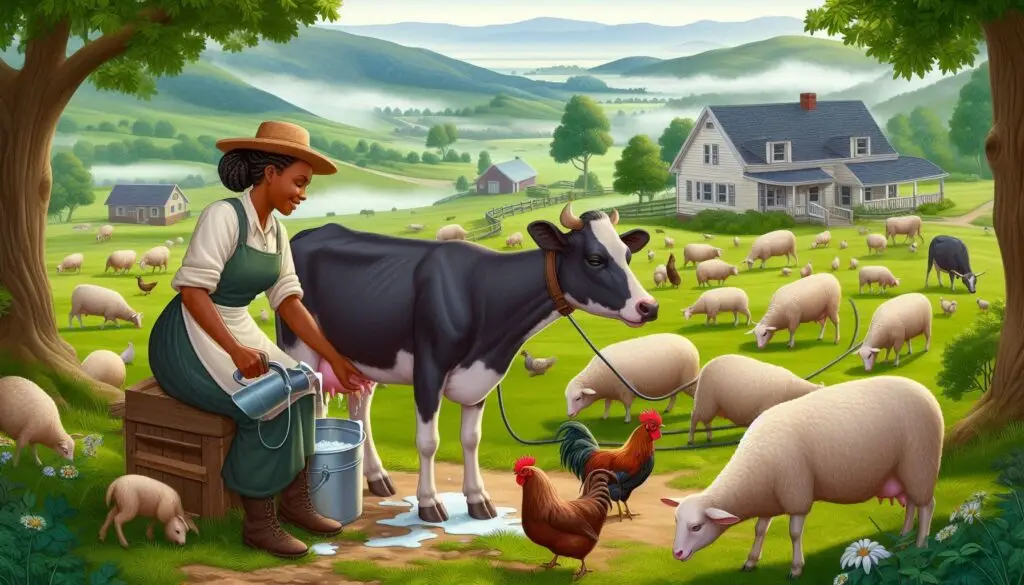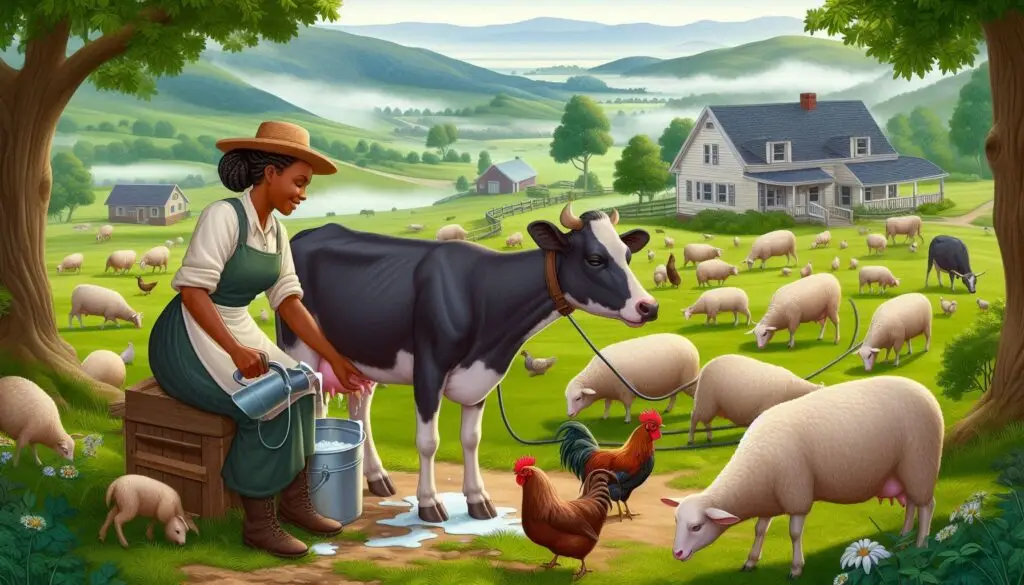Understanding the Economics of Milk Production

Introduction
The dairy industry plays a vital role in agriculture. Understanding the economics of milk production is crucial for dairy farmers aiming to optimize their operations. This article delves into the key components affecting milk production economics, including cost structures, revenue generation, and profitability metrics.
Cost Analysis in Dairy Farming
Fixed Costs
Fixed costs are expenses that remain constant regardless of production levels. Key fixed costs include:
- Land Rent: The cost associated with leasing or owning land.
- Equipment Depreciation: The gradual loss of value of machinery and equipment used in milk production.
- Insurance: Coverage for livestock, facilities, and equipment.
For more details on managing fixed costs in agriculture, you can refer to this article on managing agricultural costs.
Variable Costs
Variable costs fluctuate with production levels. Major variable costs include:
- Feed Costs: Typically the largest expense, accounting for 60-70% of total costs. The quality and type of feed directly affect milk yield.
- Labour Costs: Wages paid to workers involved in milking, feeding, and maintaining the herd.
- Veterinary Care: Expenses related to animal health management.
To gain insights into these costs, farmers can refer to studies such as the one conducted by Ariful Alam et al., which analyzes profitability in dairy farming here.
Production Metrics
Breakeven Point
The breakeven point is where total revenues equal total costs. It can be calculated using the formula:
Breakeven Point=Total CostsPrice per Unit of Milk
Breakeven Point=
Price per Unit of Milk
Total Costs
Understanding this metric helps farmers determine the minimum amount of milk they need to produce to avoid losses.
Feed Efficiency
Feed efficiency measures how effectively feed is converted into milk. It is calculated as:
Feed Efficiency=Milk Produced solids corrected Dry Matter Feed Consumed
Feed Efficiency=
Dry Matter Feed Consumed
Milk Produced solids corrected
Improving feed efficiency can lead to reduced feed costs and increased profitability. For more on feed efficiency strategies, visit this resource on optimizing dairy feed.
Income Over Feed Cost (IOFC)
IOFC indicates profitability after accounting for feed expenses. It is calculated as:
IOFC=Milk Income−Feed Costs
IOFC=Milk Income−Feed Costs
Monitoring IOFC allows farmers to adjust feeding strategies based on market conditions. For further reading on IOFC and its implications, check out this guide on dairy farm profitability.
Profitability Assessment
Net Returns
Net returns are calculated by subtracting total costs from gross income:
Net Returns=Gross Income−Total Costs
Net Returns=Gross Income−Total Costs
A positive net return indicates a profitable operation.
Economic Ratios
Farmers should evaluate key economic ratios to assess performance. Essential ratios include:
- Benefit-Cost Ratio (BCR): A ratio greater than 1 indicates profitability.
- Return on Investment (ROI): Measures the gain or loss generated relative to investment costs.
For more insights into economic ratios in agriculture, refer to this article on agricultural economics.
Comparative Analysis
Farmers can compare their performance against industry benchmarks or similar farms. This helps identify areas for improvement and optimize operations.
Strategies for Enhancing Profitability
Optimize Feed Management
Feeding strategies significantly impact profitability. Farmers should focus on:
- Quality Feed: Invest in high-quality forage and concentrates.
- Group Feeding: Grouping animals by nutritional needs can enhance feed efficiency.
For effective feed management tips, see this resource on dairy feeding strategies.
Improve Herd Management
Effective herd management practices can lead to higher milk yields. Key practices include:
- Regular Health Checks: Ensuring animal health can prevent costly veterinary bills.
- Breeding Programs: Implementing selective breeding can improve milk production traits.
For more information on herd management practices, visit this guide on improving dairy herd health.
Monitor Market Trends
Staying informed about market trends helps farmers make better pricing decisions. Resources like market reports and agricultural extensions provide valuable insights.
Conclusion
Understanding the economics of milk production is essential for dairy farmers looking to enhance their profitability. By analyzing costs, evaluating production metrics, and implementing effective management strategies, farmers can optimize their operations and achieve sustainable growth in the dairy industry.
More from Livestock Production and Management:
https://wiseias.com/dairy-farming-comparison-india-advanced-countries/






Responses